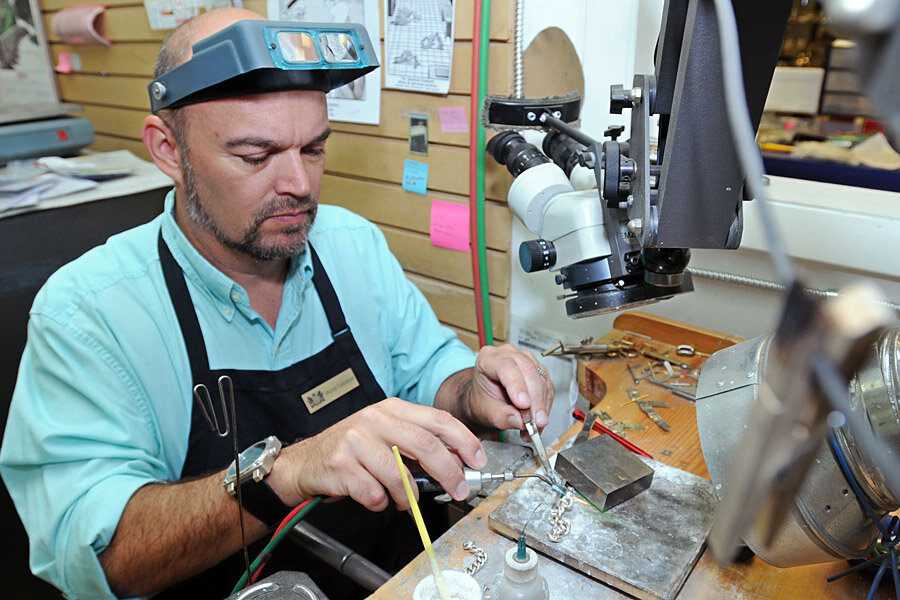US GDP grew at 4.6 percent from April to June, more than previously thought
Loading...
A week of mostly good economic data capped off Friday with the report that the US economy grew at its fastest rate in over two years in the second quarter.
US Gross Domestic Product (GDP) grew at a 4.6 percent annualized pace from April through June of 2014, according to figures released Friday by the US Bureau of Economic Analysis (BEA). That’s a revision upward from the 4.2 percent prior estimate and precisely in line with economists’ consensus expectations (4.6 percent).
It was the fastest growth rate since the fourth quarter of 2011 and further reassurance that the economy has rallied back nicely from a stumble in the first quarter of the year (when, thanks to a harsher-than-expected winter, growth contracted at a 2.1 percent rate).
“The data signal an even stronger rebound from the decline seen in the first quarter, when extreme weather battered many parts of the economy,” Chris Williamson, chief economist with Markit, wrote via e-mail. “However, the impressive gain in the second quarter looks to be far more than just a weather-related upturn, with evidence pointing to an underlying buoyant pace of economic expansion. Survey data in particular indicate that strong growth has persisted throughout the third quarter.”
Indeed, economists forecast that GDP is growing above 3 percent for the third quarter of the year (July through September). Q2’s final revision, meanwhile, was largely driven by better growth for business investment, which expanded at a 9.7 percent annualized pace (it was previously calculated at 8 percent). Consumer spending, which accounts for over two-thirds of all economic activity in the US, grew at a 2.56 percent annualized pace, more than double the 1.2 percent rate in Q1.
“Service expenditures remained soft in Q2 under the weight of lower healthcare spending, but durable goods purchases rocketed up at a 14.1 percent annualized pace as automotive sales strengthened considerably,” writes Joshua Shapiro, an economist with MFR, Inc., via e-mailed analysis. “Capital spending is now estimated to have contributed 1.18pp to overall GDP growth in Q2, up from a previous estimate of +1.03pp.”
As with most positive reports these days, analysts are optimistic for the economy’s long-term outlook but, from a financial market standpoint, cautious about what it could mean for the timeline of the Federal Reserve’s actions on interest rates.
“On one hand, with the economy growing at this pace, it seems likely that wage growth will continue to improve, which would add further fuel to expectations that the Fed could move sooner than mid-2015 in taking the first step in raising interest rates, Williamson writes. “After all, US GDP is now 6.8 percent larger than its pre-crisis peak ..."
“On the other hand, even with wage growth and inflation picking up," he continues, "some policymakers are veering towards allowing the economy to ’run hot’, fearing an early hike in interest rates carries a greater risk of hurting the recovery than any damage that future inflation from loose policy could cause. The most likely scenario therefore seems to be that rates are likely to stay on hold until mid-2015.”
Wage growth continues to be the key, he notes, and therefore next week’s jobs report will be closely watched.








